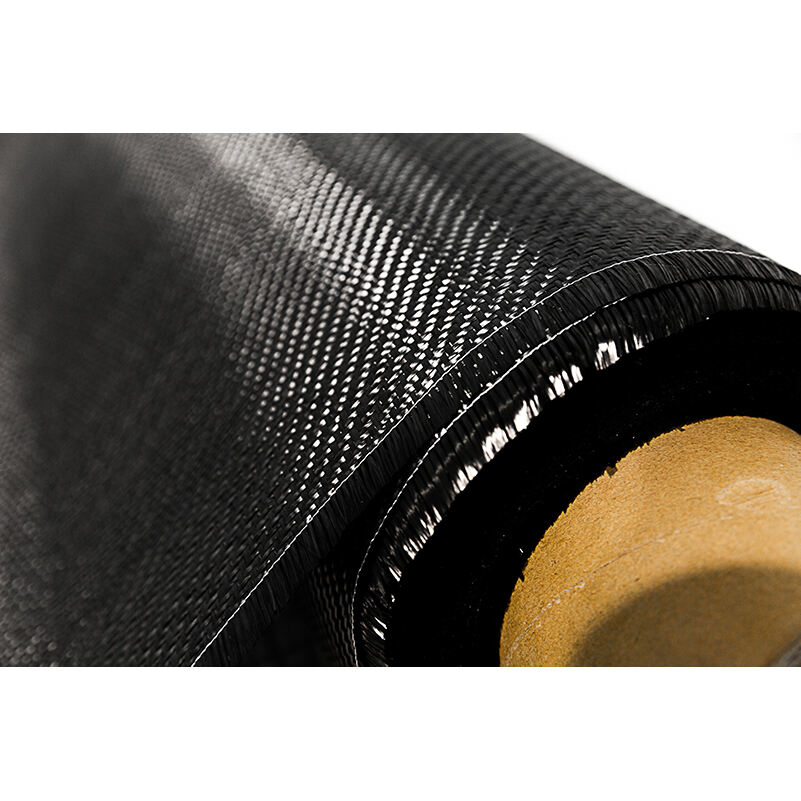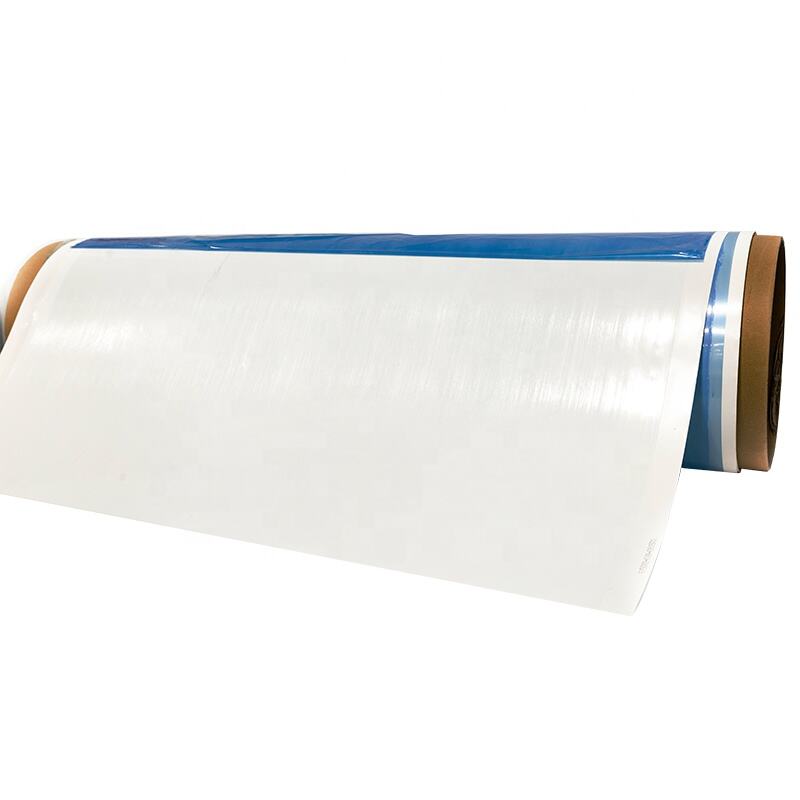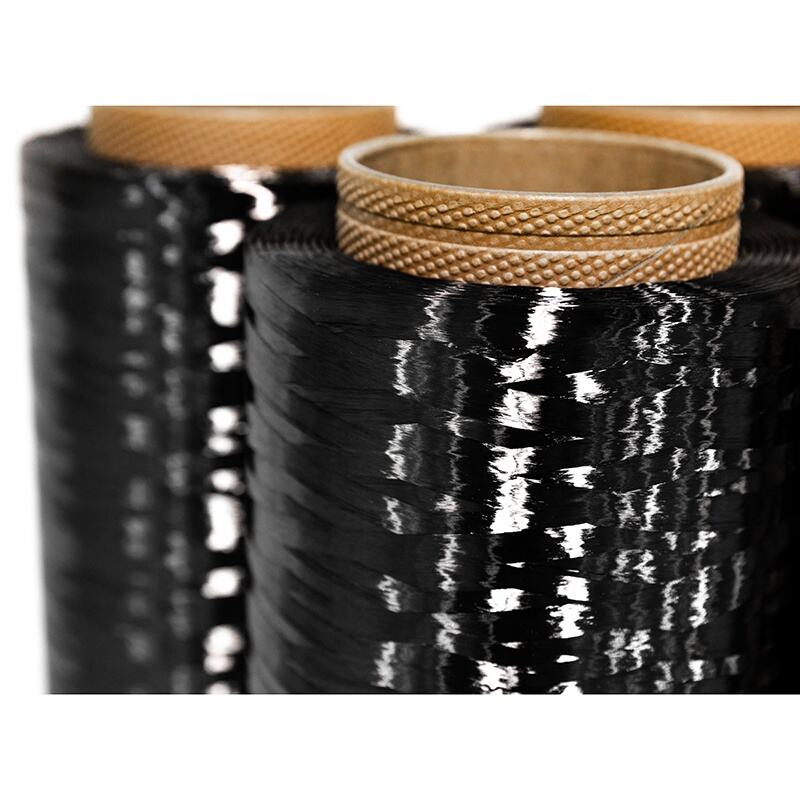dry carbon fiber
Dry carbon fiber represents the pinnacle of advanced composite manufacturing technology, distinguished by its unique production process that eliminates excess resin through the use of pre-preg carbon fiber sheets in a specialized autoclave environment. This material stands out for its exceptional strength to weight ratio, offering superior structural integrity while maintaining minimal mass. The manufacturing process involves carefully laying pre-impregnated carbon fiber sheets in precise orientations, followed by curing under controlled temperature and pressure conditions. This results in a finished product that typically contains approximately 60% carbon fiber and 40% resin, creating an optimal balance for maximum performance. The material finds extensive applications in high performance automotive components, aerospace structures, professional sports equipment, and premium consumer products where weight reduction and structural integrity are paramount. Its superior surface finish, consistent quality, and exceptional dimensional stability make it particularly valuable in precision engineering applications. The ability to create complex geometries while maintaining structural properties has made dry carbon fiber an indispensable material in modern manufacturing, especially where performance optimization is crucial.


